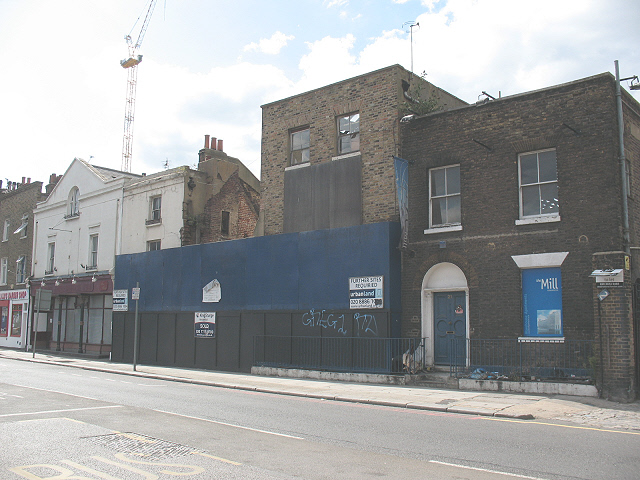by Anthony Alvarez, Rutgers University – Newark
How can neighborhoods gentrify without erasing their heart and voice?
It’s an important question to ask now, I’d suggest, since many communities across the U.S. are at risk of losing their historical identities as new people and businesses move in, displacing residents and affecting the fabric of the community. This process is known as gentrification, and while a neighborhood “upgrade” can bring new vitality, diversity and opportunity, that is a win only if existing residents and businesses are not forced or priced out.
How to have the positive effects without the negatives isn’t obvious. President Joe Biden’s 2023 budget proposes a US$195 million increase in the Community Development Block Grant program that targets development in 100 underserved communities. By creating infrastructure that attracts new development, some of these projects will likely support gentrification.
I’m an educator, arts administrator and public policy fellow who has worked with Fortune 500 companies and exhibited my own photography nationally. I teach fine arts classes at Rutgers in Newark, New Jersey, where I was raised.
As an artist, I believe that it is important to preserve diverse communities with unique characteristics. Public art is one way to highlight and honor our shared spaces even as we reshape them. Art can help present the values that communities want to project and protect as a way of maintaining and creating great places to live.
Defining spaces
What makes a great place to live?
Or, as urban planner Maria Rosario Jackson – now serving as chair of the National Endowment for the Arts – asks: What makes “a just place where people can thrive”?
The answer is, many elements working together. Accessible transportation, diverse housing stock, good schools and jobs, to name a few. Places and spaces in which visitors and…
Read the full article here





